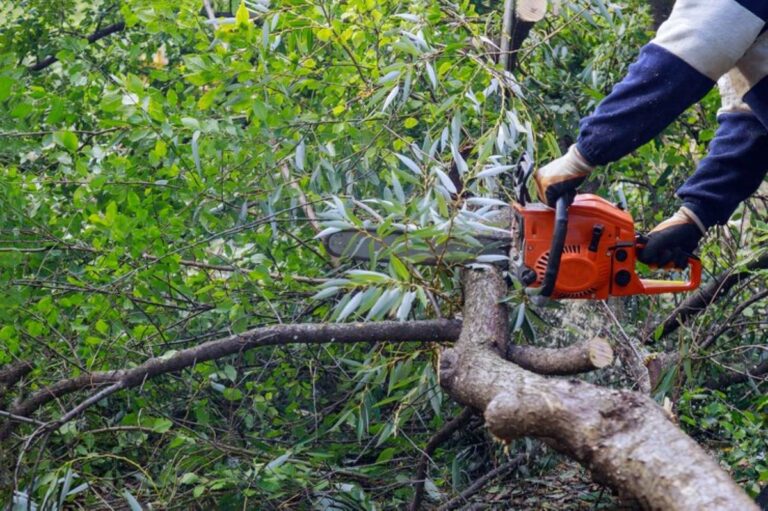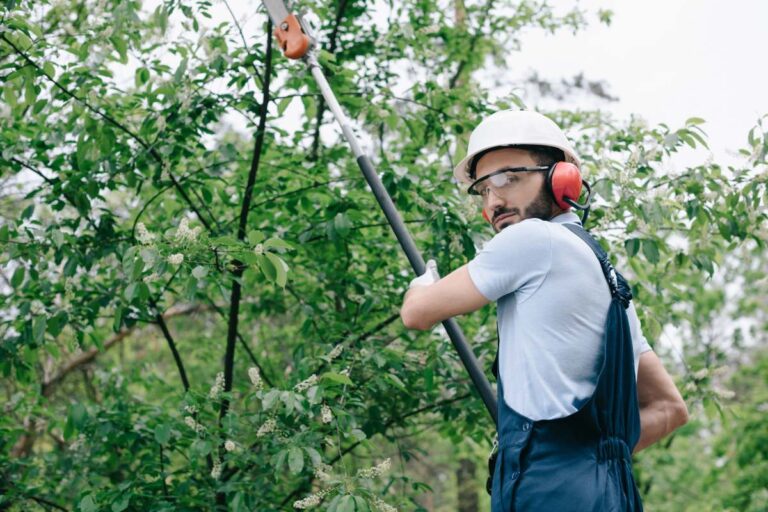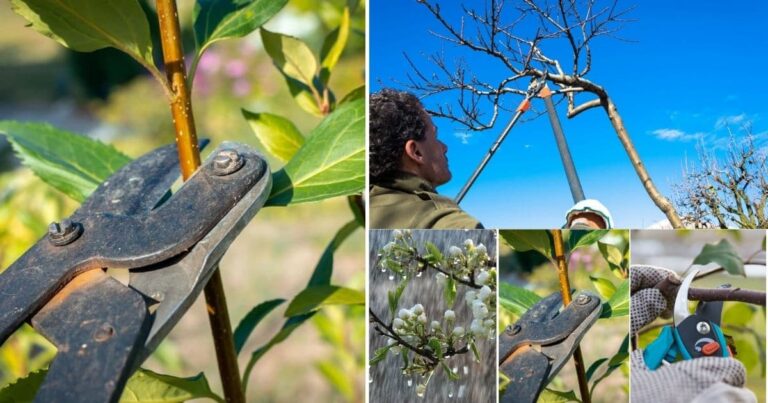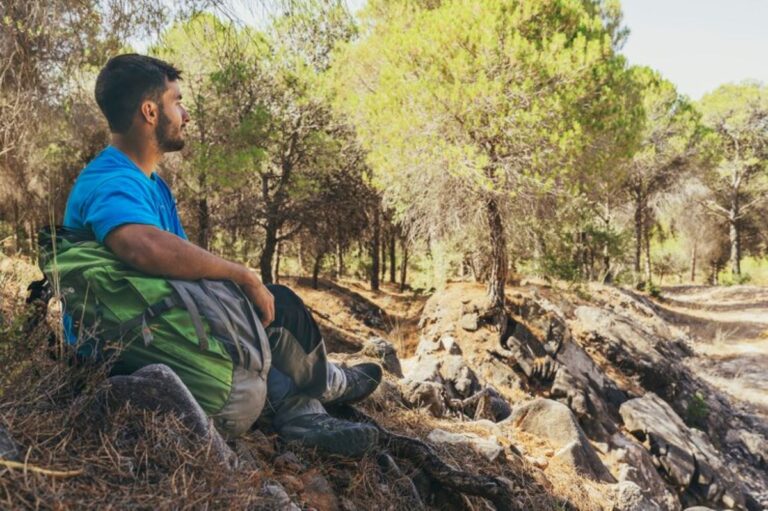Tree Removal for Real Estate: Boosting Property Value in Sydney – A Complete Guide
Introduction – Why Tree Removal Is a Serious Matter in Sydney
Whether you’re preparing to sell a house or managing investment property in Sydney, landscaping decisions matter. Trees can add beauty and shade—but they’re also subject to regulations, safety concerns, and maintenance costs.
Deciding on tree removal in Sydney is not simply a cosmetic choice. It requires understanding Sydney council tree rules, upfront expense, and potential impact on property value. This guide walks property owners and managers through exactly what to consider when tree removal becomes part of your real estate strategy.
Why People Remove Trees in Sydney
Removing a tree isn’t just about aesthetics—it often comes down to practical and safety reasons that affect property value.
Damaged or Storm-Affected Trees
Strong storms can weaken or split a tree. A property with a damaged tree risks liability, insurance issues, and a reduced sale price.
⚠️ Safety Hazards
Overhanging branches over homes, patios, or walkways can scare buyers. Roots that lift footpaths or invade foundations can turn buyers off too.
🏗️ Development or Renovation Plans
A tree might be in the way of a proposed extension, granny flat, pool, or landscape redesign. Removing it early can prevent delays in your sale timeline.
See more: Essential Tree Removal Blue Mountains Services for Rural Homes
🦠 Disease or Decay
A sick tree (root rot, termite damage, fungal infection) is a red flag for potential buyers and inspection reports.
🌿 Poor Placement or Overcrowding
Too many trees, trees blocking light, or species that drop debris can make a property feel cramped or unkempt.
When you remove the right tree—or thin canopy via tree lopping Sydney—you often boost curb appeal and perceived usable space.
Do You Need Council Approval?
Yes, in many cases. Sydney councils enforce Tree Preservation Orders (TPOs) to protect mature, native, or otherwise significant trees—even on private property.
Common rules across LGAs:
- Height over ~5m requires permission
- Trunk over ~300mm at 1 m above ground
- Native and heritage-listed trees are protected
- Bushfire zones or conservation areas carry extra rules
LGA examples:
- City of Sydney Council: Strict controls on large or native trees
- Inner West Council: Most mid-sized trees need permits unless the species is exempt
- Northern Beaches Council: Offers a 3m exemption for trees near dwellings, but most removals still require consent
Without approval, you risk fines that range from hundreds to well over $1 million. When real estate transactions are involved, unauthorized removal can also stall or fall through.
Costs of Tree Removal in Sydney
Understanding what tree removal costs helps you budget and assess value uplift.
Typical price ranges:
- Small trees (<5m): $300–$600
- Medium trees (5–10m): $600–$1,500
- Large trees (>10m): $1,500–$5,000+
Key cost variables:
- Tree size and height
- Access (backyards, narrow laneways, sloped lots)
- Proximity to structures, power lines, or fences
- Equipment needs (e.g., cranes, cherry pickers, rigging)
- Optional stump grinding
- Responsible disposal or mulch delivery
For property sellers or managers, removing a problematic tree isn’t just a cost—it’s an investment in improved saleability and compliance.
Risks of DIY Tree Removal
Trying to DIY a tree removal might seem budget-friendly, but especially around real estate, it can backfire.
Safety concerns
Chainsaws, climbing, and unpredictable branches pose serious injury risks—regardless of your experience level.
Legal implications
Unlicensed removal of protected or regulated trees can result in fines—and complicate your sale, inspection, or due diligence.
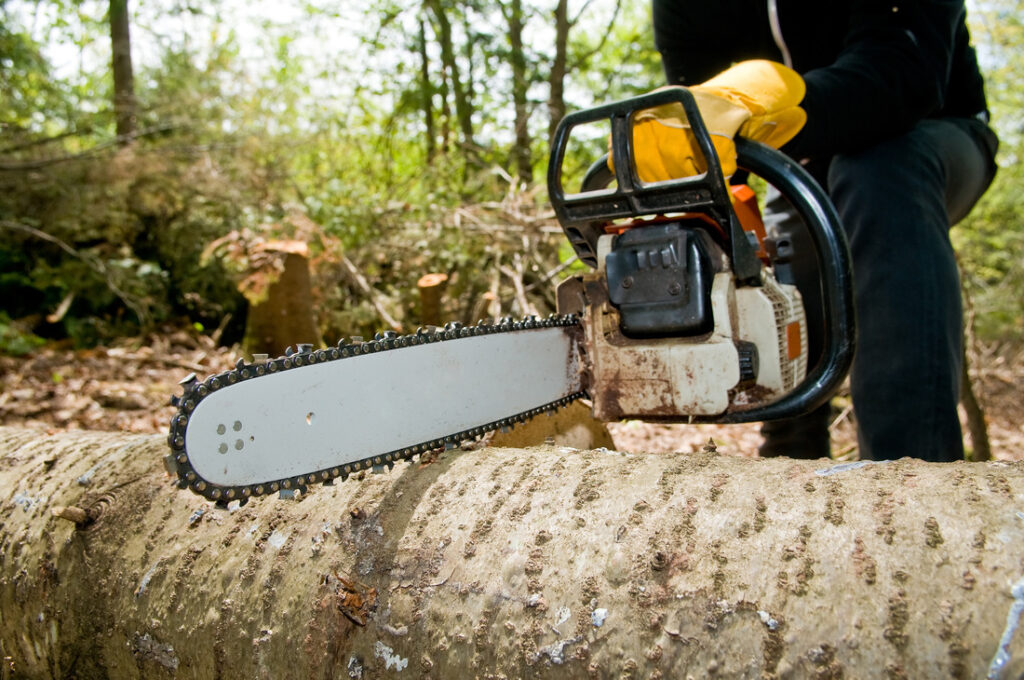
Property damage
A misjudged cut may collapse limbs on your roof, fence, or even a neighbour’s property. You may be liable if damage occurs.
Insurance pitfalls
Most home insurance policies don’t cover incidents arising from unqualified DIY removal. Professionals carry public liability and workers’ comp to protect all parties.
Given the legal and market implications, DIY removal isn’t worth the gamble in a real estate context.
How to Choose a Reliable Tree Removal Service in Sydney
Selecting a trustworthy contractor ensures safety, compliance, and enhanced property value.
What to look for:
- Qualified arborists (AQF Level 3 or above)
- Public liability insurance (typically $10M+)
- Workers’ compensation coverage
- Proven experience with Sydney council tree rules
- Clear, itemized quotes (removal, stump grinding, disposal, permit help)
- Positive online reviews or local referrals
If you’re managing a property sale or investment, ask about tree lopping Sydney, safe staging for sale photos, and services suited to preparing the property for buyers.
What to Expect on the Day of Removal
Knowing the process helps manage expectations and avoid hidden delays.
Typical removal steps:
- Pre‑removal site inspection and risk assessment
- Safety setup: zone tape, roof protection, hoarding
- Branch‑by‑branch canopy removal
- Trunk sectioning and lowering
- Stump grinding (if requested)
- Clean‑up: mulching, hauling, site clearance
Timeline estimates:
- Small tree removal: ~1–2 hours
- Medium trees: 3–5 hours
- Large or tricky jobs: half day to full day
Make sure vehicles are clear, neighbours are informed, and pets are secure. This ensures smooth access and minimal disruption to your real estate process.
Eco‑Friendly Disposal and What Happens to the Removed Tree
Smart removal services see removed timber as a resource—not waste.
Sustainable disposal methods:
- Mulching branches into garden compost or export mulch
- Recycling trunk timber for firewood, garden beds, or artisan wood
- Stump grinding to promote replanting or landscaping
- Green waste recycling, not landfill dumping
Some services even offer free mulch or wood chips to clients—adding extra appeal and sustainability credentials to your property.
Tips Before You Cut – Real Estate Checklist for Sydney Property Owners
A strategic approach prevents overspending and complications in your property process.
✅ Step 1: Assess whether removal or pruning is needed—consult an arborist
✅ Step 2: Photograph the tree and note its condition and risks
✅ Step 3: Check your local council’s TPO rules
✅ Step 4: Obtain 2–3 quotes that include permits, clean‑up, and disposal
✅ Step 5: Ensure the contractor has insurance and licensing
✅ Step 6: Explore bundled services—like tree removal plus stump grinding or lopping
✅ Step 7: Ask about mulch or firewood usage—a possible added benefit
✅ Step 8: Communicate with neighbours, clear access paths, secure pets
✅ Step 9: Schedule removal well before listing or photo shoots
A well‑managed tree removal shows restoration, safety, and space—attributes that appeal strongly to buyers.
Final Thoughts
Removing or pruning a tree is about more than vegetation—it’s a strategic step in preparing your Sydney property for sale or management. When done correctly, tree removal in Sydney can boost appeal, eliminate hazards, and increase perceived usable space.
Just remember: the cheapest option isn’t always the smartest. Prioritize licensed arborists, compliance with Sydney council tree rules, and eco-conscious disposal. That approach protects your liability, property, and potential value.
Need Help Preparing Your Property?
Thinking about improving your curb appeal, dealing with a risky tree, or complying with council rules before listing? Speak to a licensed arborist or trusted tree removal service in Sydney today.


